Your cart is empty.
Continue browsing
One promo code per order. Offers cannot be combined.
- Fast Shipping
- 30-Day Money-Back Guarantee
- Hassle-Free Warranty
- Lifetime Customer Support
Posted by QiJudy on
Maintaining a safety shield around the things we love and want to protect has become a minimum expectation in our lives. So, it’s no surprise that home security systems utilizing video cameras, motion detectors, and a variety of other sensors are increasingly popular in residential homes as much as commercial premises these days.
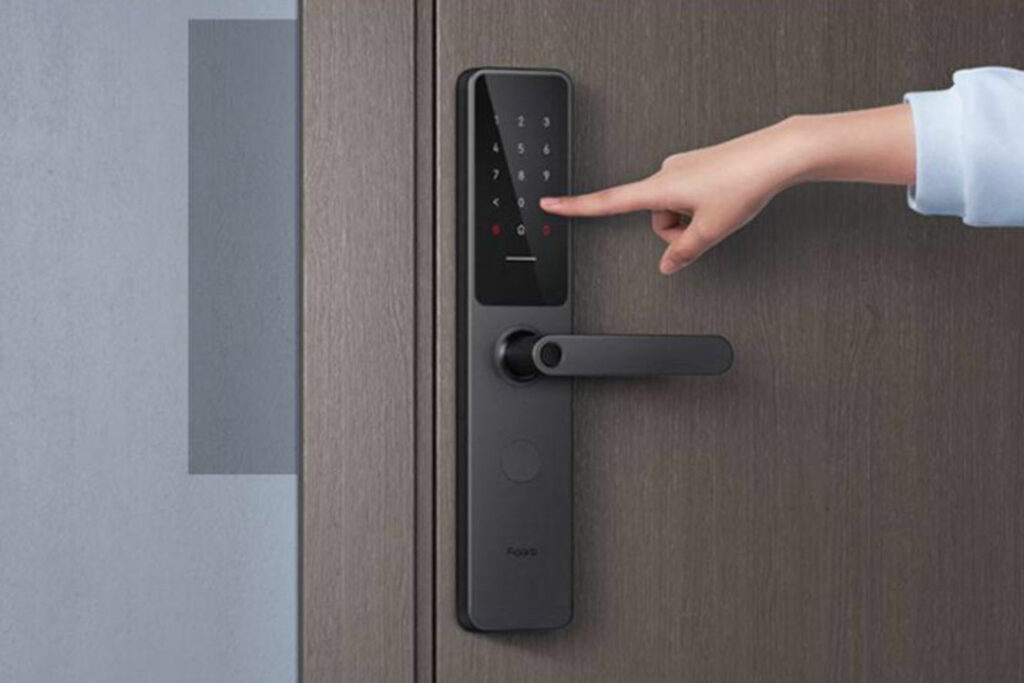
While some home security systems remotely monitor every nook and cranny of a home, not everyone can or wants to pay for that kind of setup. Home security systems can be monitored through an outside company or set up DIY style with a variety of home monitoring components and everything in between. Let’s look at the types of security systems available as well as how to set up your own system, customized to your own needs and self-monitored for your home’s protection.
Depending on the size of the home, budget, and what type of monitoring system is desired, three different types of security system options are available.
While security systems can be as simple as a single sensor connected to an alarm, most security systems are made up of the same common components.
Many homeowners want the peace of mind of a security system but don’t want or need an outside company’s intrusiveness into their home that a monitored system requires. With today’s ability to pick and choose the security system components off the shelf, many people now DIY their home security systems.
An Aqara camera enabled smart hub, door and window sensor, motion sensor and vibration sensor devices are all available individually to link up into a customized, instant security system that doesn’t require an expensive outside monitoring service. Aqara’s components can also be connected to smart home automation ecosystems already in use like Amazon’s Alexa, Apple Home and Google Home, further simplifying the automation process.
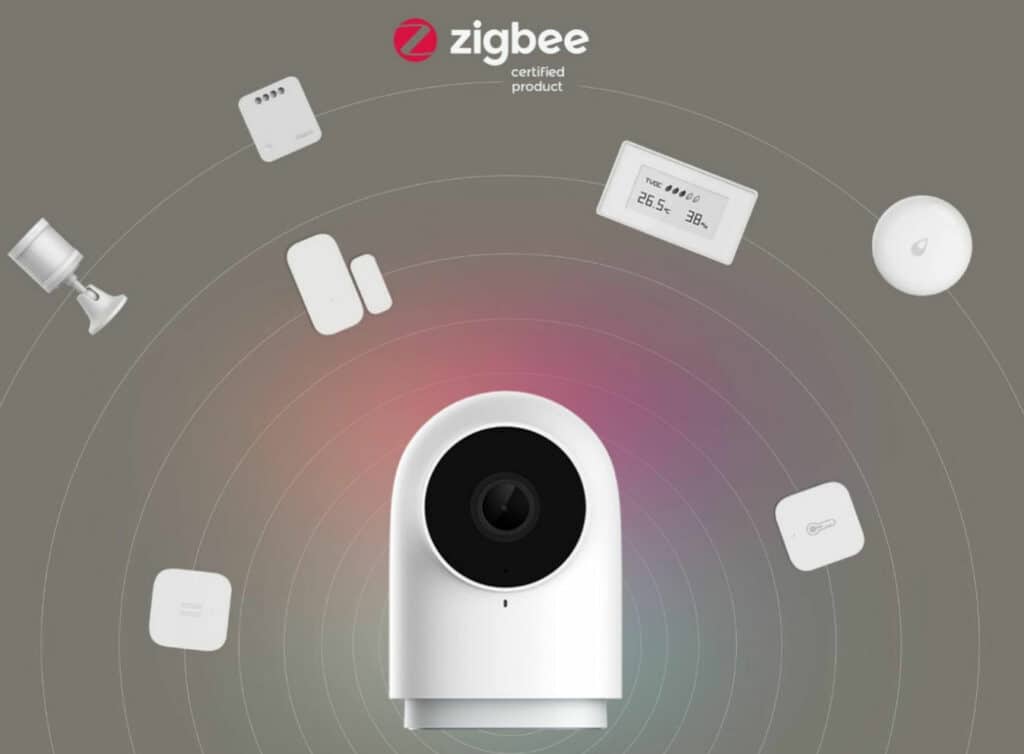
The G2H Pro smart hub from Aqara is the base for a DIY security home system with 1080p resolution. Crystal clear video with built-in data encryption for security can be configured on local or cloud storage eliminating the need for costly subscription services required by monitored security systems. Serving as the hub and control center, the camera base can connect up to 128 sensors and controllers to create an automated smart home. The hub also provides a 24-hour timeline for users to view any updates from the sensors or other connected devices report, delivering a full picture of the home by Aqara’s indoor camera hub. In addition, the hub can send push notifications to indicate facial recognition of guests, connection to smart home enabled features or other Aqara sensors.
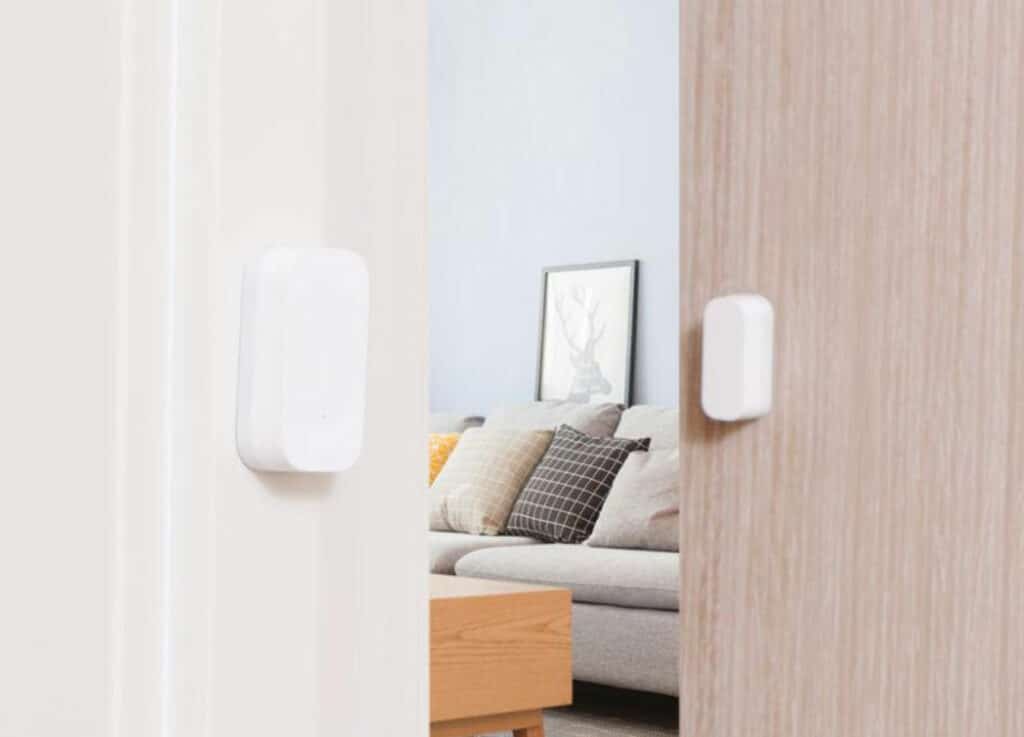
This two-piece door and window sensor automatically detects the state of any window or door. Connected to the Aqara’s hub, Apple Home or Amazon Alexa, this highly compatible sensor can also connect with countless devices to provide real-time information for safety and security. As part of a smart home configuration, push notifications can be set up to alert owners of status changes. As part of a welcome home, sensors can be used to set off specific home automation actions like lights being turned on when a door is opened. Sensors can be instantly applied to doors and windows with a simple peel and stick adhesive and come with 2-year battery life.
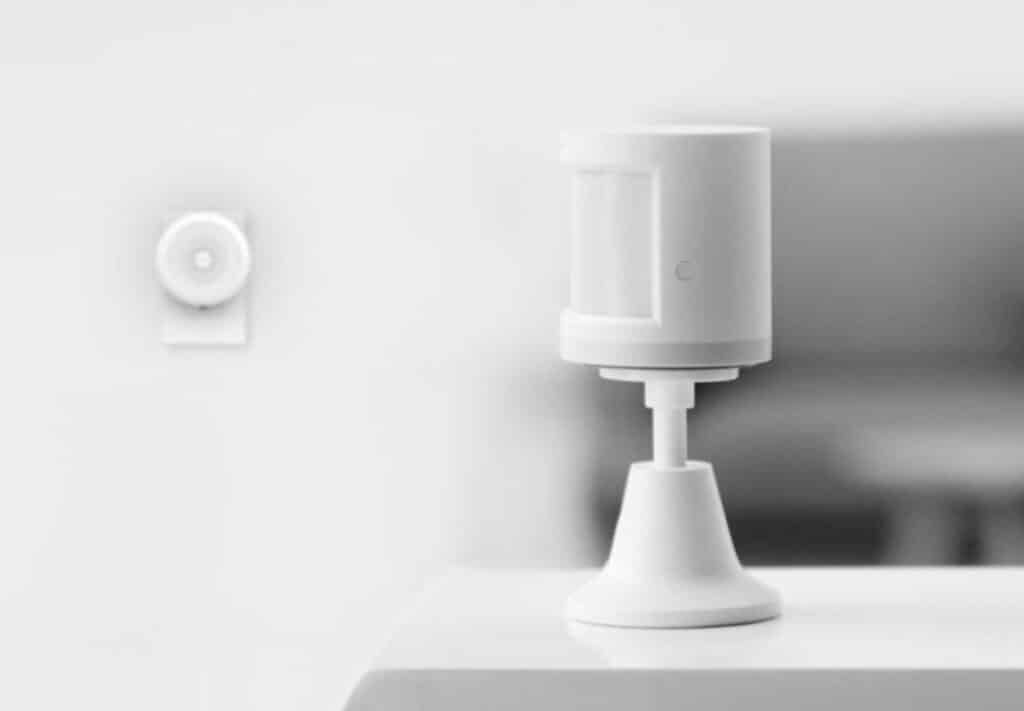
Infrared sensing technology powers this versatile motion sensor from Aqara. With easy installation using a stand and a sticker, it can be placed upright, hanging, or on a wall surface for maximum application of its 360-degree rotation and 170-degree sensing capabilities. Connected through wireless technology to the Aqara hub, Amazon Alexa or Apple Homekit, Aqara’s sensor can assist in not only alerting users of unexpected movement with a push notification or alarm triggering, but it can also be part of a smart home automation strategy.
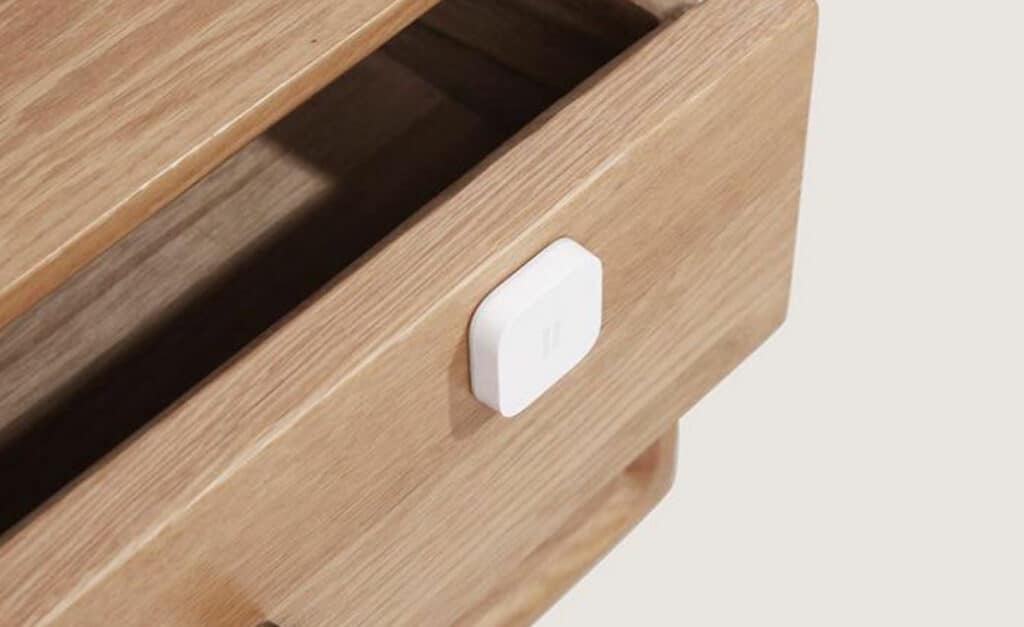
This handy little vibration sensor is small enough to fit unobtrusively where it’s needed but strong enough to sense even subtle vibration and movement. This small sensor can be placed in any spot where a movement needs to be known. Vibration sensors are perfect to place on individual items of value like art pieces or in locations that house valuable or critical items like a vault or a cabinet holding an object dangerous for a child to access. The Aqara vibration sensor can also be applied in areas where seconds count like on a balcony door. Different from a window and door sensor, the vibration sensor’s instant alarm trigger could potentially prevent a dangerous situation. When a vibration, tilt or drop is sensed, the Aqara hub sends a push notification through the app along with an alarm trigger. This sensor can work together with the hub and other HomeKit-enabled accessories to build a smart home ecosystem as well.